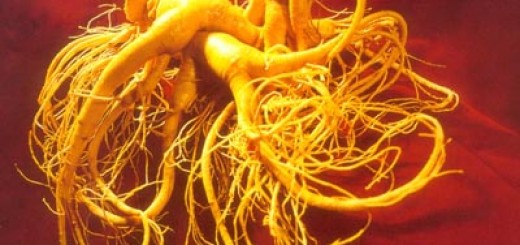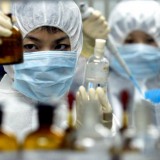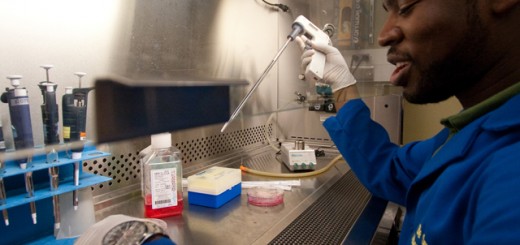Hematopoietic stem cells (HSC) are found in the bone marrow of adults, specially in the pelvis, femur, and sternum. They are also found in umbilical cord blood and, in small numbers, in peripheral blood. They give rise to the myeloid (monocytes and macrophages, neutrophils, basophils, eosinophils, erythrocytes, megakaryocytes/platelets, dendritic cells), and lymphoid lineages (T-cells, B-cells, NK-cells).
The dysfunction of hematopoietic stem cells can give rise to a number of blood disorders. For example, the early aging or senescence of hematopoietic stem cells result into life-threatening conditions such as aplastic anemia, thrombocytopenia, and leukepenia.
Researchers from Chongqing Medical University, China, reported that the ginsenoside Rg1 intervention can greatly ameliorate the aging of hematopoietic stem cells in animal aging model. In Rg1 treated animals, the expression of aging-related genes were suppressed, and the HSC vitality increased as the colony number drastically increased when compared to the control cells.
The study results suggest that ginsenoside Rg1 could be used to treat blood disorders derived from hematopoietic stem cell aging. The research was published on: China Journal of Chinese Materia Medica 2011, 36(5)。
Title: Experimental study of relationship between effect of ginsenoside Rg1 to delay hematopoietic stem cell senescence and expression of p16INK4a
Abstract:
Objective : To investigate the relation between the effect of ginsenoside Rg1 to delay hematopoietic stem cell senescence and the expression of p16INK4a. The purpose is to provide the theory and experimental foundation for searching the methods of how to delay HSC senescence.
Method : Sca-1+HSC was isolated by magnetic cell sorting(MACS) and divided into five groups.The control group cells were routinely cultured, the aging group cells were induced aging by tert-butylhydroperoxide( t-BHP,final concentration of 100 μmol·L-1) to establish the aging model, the Rg1 group cells were co-cutured with Rg1 (final concentration is 10 μmol·L-1).To Rg1 delay aging group, Sca-1+HSC were established aging model after pretreatment of Rg1 (final concentration is 10 μmol·L-1) . To Rg1 treat aging group, Sca-1+HSC gave Rg1 (final concentration is 10 μmol·L-1) antiaging treatment after the aging model was established.The changes of cells observed by senescence-associated β-galactosidase(SA-β-gal) staining,cell cycle analysis and culture of mixed hematopoietic progenitor cell were used to investigate the antiaging and delay aging effect of ginsenoside Rg1.The expression of senescence associated p16INK4a mRNA and p16INK4a protein was examined by RT-PCR and western blotting.
Result : Compared with aging group, the percentage of positive cells expressed SA-β-gal and cells in G1 phase decreased and the number of forming colony of mixed hematopoietic progenitor increased and it showed higher expression of p16INK4a mRNA and p16INK4a protein in Rg1 treat aging group and Rg1 delay aging group. Furthermore the percentage of positive cells expressed SA-β-gal,cells in G1 phase,the number of forming colony of mixed hematopoietic progenitor and the expression of p16INK4a mRNA and protein decreased in Rg1 delay aging group compared with Rg1 treat aging group.
Conclution : Rg1 can significantly delay and treat the senescence of Sca-1+HSC.The effect of Rg1 delaying aging is better than treatment.p16INK4a may be play a key role in the antiaging effect of Rg1 to Sca-1+HSC senescence induced by t-BHP.














































